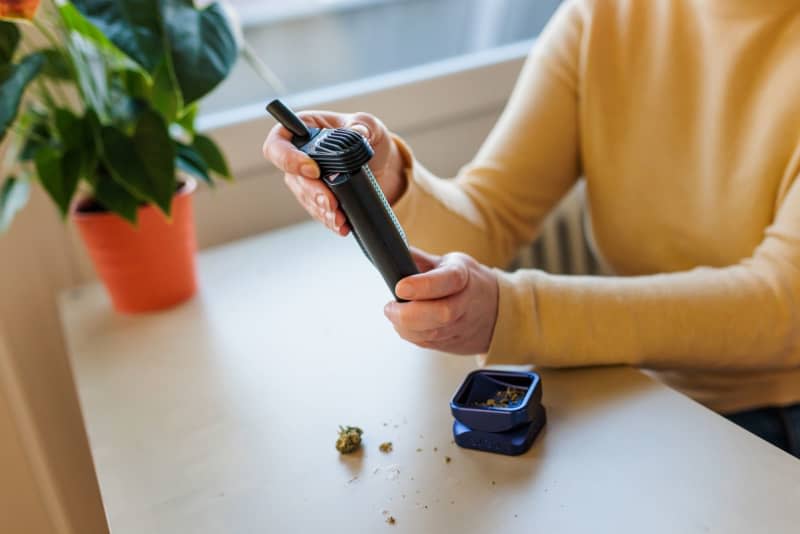High but healthy: Addiction experts on how to smoke weed more safely

As the global landscape around cannabis legalization continues to evolve, it's crucial to recognize that even with changing laws, consumption comes with inherent health risks.
Of course, it's best for your health not to light the joint in the first place. But if you still want to, what can you do to minimize the risks?
A team led by addiction researcher Benedikt Fischer from Simon Fraser University in Canada has developed rules for this based on scientific findings dubbed the Lower-Risk Cannabis Use Guidelines (LRCUG).
The guidelines revolve around the concept of "safer use" and advocate for mindful consumption practices which include smoking, vaping, eating or drinking cannabis-infused products. Here is what they found out:
Use in moderation and start late
The frequency of cannabis use significantly impacts health risks. The LRCUG recommend limiting consumption to one or two days a week at most.
The first time should also be as late as possible because adolescence is an important phase of brain development. Anyone who starts smoking weed at a young age risks impairing their mental performance - especially if cannabis use becomes a daily habit.
According to the LRCUG recommendations, it is safer to start using cannabis in young adulthood or after puberty.
Avoid mixed use
Combining cannabis with tobacco, alcohol or other drugs can escalate health risks. Experts advise you to carefully consider whether you want to mix cannabis with them because interactions are difficult to predict. They can lead to unpredictable outcomes, including nausea, circulatory problems, and long-term health issues such as asthma or chronic inflammation of the sinuses.
Compared to the pure consumption of cannabis, mixed consumption with tobacco harbours an increased potential for addiction.
Consider alternate inhalation methods
According to the German-based education project Drug Scouts, cannabis smoke is often inhaled particularly deeply and held in the lungs for longer - a practice which is also discouraged by the LRCUG.
So vaporisers, joints or bongs with special activated charcoal filters can be used to reduce the amount of harmful substances that enter the lungs.
Quality control
Take a closer look at what you smoke, experts advise. Recognizing signs of mould or contamination in cannabis products is essential to prevent poisoning or respiratory complications.
If you have the opportunity to have your cannabis analysed for toxic extenders, you should make use of it, the Drug Scouts say. However, such drug-checking services have so far only been available in isolated cities.
Do not consume if you have health problems
The LRCUG suggest that if you suffer from depression, you should avoid cannabis completely because it can potentially worsen symptoms.
To be on the safe side, you should also refrain from smoking a joint if you have other health problems such as cardiovascular disease because cannabis causes the blood vessels to dilate.
If you have lung or respiratory problems, it is better not to smoke cannabis products, but to consume them in another form.
When consuming edibles- use lower doses
When consuming cannabis in a biscuit or brewed in tea, users are advised to start with lower doses compared to smoking, as the onset of effects is delayed but can last significantly longer.
The effect can also fluctuate during this period so it is recommended to avoid immediately re-dosing if the effect weakens. Otherwise, you run the risk of accidental overconsumption and its associated risks.

